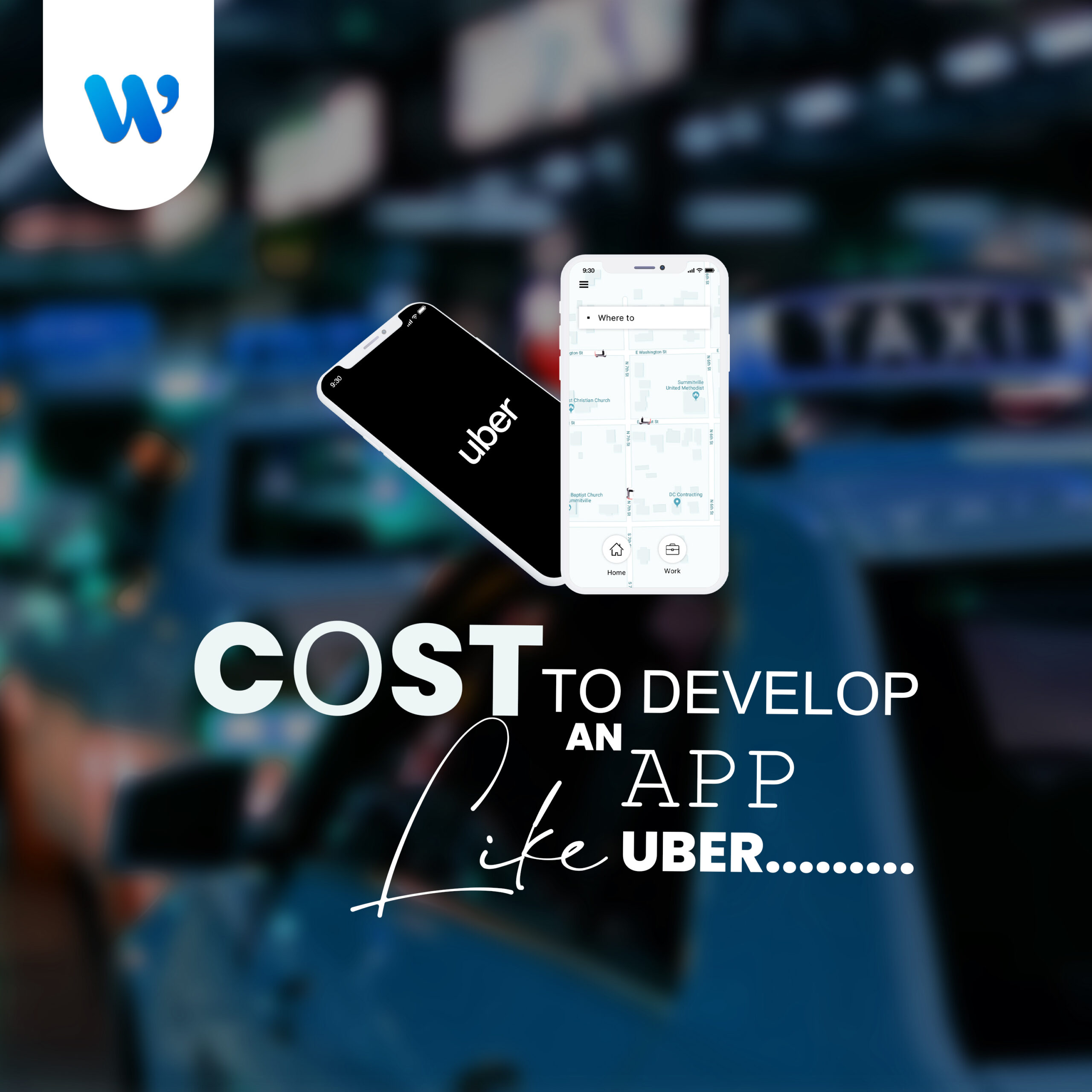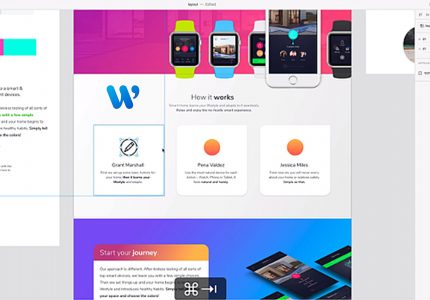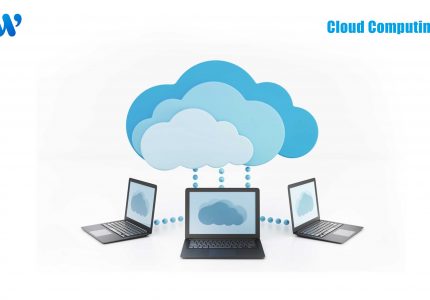If you are thinking of starting a new business like Uber, you may have a valid question in your mind. What can be the estimated cost development of a taxi app similar to Uber? Isn’t that right? It is no secret that SaaS is the hottest and most common business model in today’s fast-paced environment. As a result, it’s understandable that you’d want to create an enterprise SaaS Uber clone app from the ground up.
With Uber paving the way for a reliable disruption roadmap many entrepreneurs and business owners are now shifting their focus to the taxi application market. According to a Gartner survey, Software as a Service will continue to dominate the market. It is expected to have a total revenue of $116 billion.
In this article, we will discuss the various factors that influence the cost development of an Uber clone app. So let’s go through it.
How Does An Uber App Work?
If you take a closer look at Uber, you will notice that users can select from a variety of cars with great benefits. These options have primarily been based on where you are looking for a ride. There are numerous other types of rides available, depending on your preferences.
Furthermore, Uber is linked to another useful app from the same company, Uber Eats. Users can now switch between the applications, which is a unique feature that should be considered by every founder when developing a ride-sharing application beyond the MVP (Minimum Viable Product) stage.
What Are The Features Of An Uber Clone App For The Customers?
For customers, below are some basic features that must be included in the Uber App Clone-
- Routing and geolocation.
- The State of the Ride.
- Ride estimated cost.
- Push Notifications & Payments
- Using the application to call/text the driver.
- Personal Information.
- Personal Data Management and Registration
- Besides, the app must also include some advanced features like-
- Booking a ride for someone else.
- Arranging Rides in Advance.
- Sharing with others the ride cost.
What Are the Benefits of Using an Uber App Clone for Drivers?
Following for customers, there are some basic features for drivers as well that should be included like-
- Reporting of Drivers
- Optimization of the route.
- Option to be active/inactive.
- Routing and geolocation.
- Calling or texting the app from within the app.
- Daily & monthly report of bookings and earnings.
- The State of the Ride.
- Ride estimated cost.
- Push Notifications.
- Personal Data Management and Registration
- Personal Information.
Some Advanced Functions like-
- Free cancellations for a given timeframe.
- Heatmaps and Advanced Reporting.
What Are The Functions Managed By The Uber Clone App?
When it comes to the passenger and driver apps, the admin dashboard is in charge of some important functions including-
- Adding and Removing Admins
- Browsing the Drivers List.
- Drivers Data is being updated.
- Managing Administrator Privileges
- Driver Validation.
- Changing the cost of rides.
What are the new income sources for an Uber clone app?
Uber does not own a fleet of vehicles and instead serves as a middleman between drivers and passengers. The company charges a total of 25% on the fares for the use of software, fee transfers, collection, credit card commissions, and sending invoices to passengers. However, this does not imply that your ride-sharing or car-sharing app must perform in the same way. If you are working on an Uber clone app, you should start thinking about different monetization and revenue models including-
- Charging fees from passengers & drivers.
- In-app advertising.
- Integration with various apps and services.
Discover 7-Stage Methodology Of Uber App Clones
- Select the Best App Design and Development Company– You must conduct research, analyze the results, and then choose a company to work with on your ride-sharing application. Besides, you should sign the Independent Contractor Agreement.
- Product Research- As an important stage of the development process, you must clarify your app’s vision and communicate your end goals to customers. You must be able to explain the most important factors of your application.
- App UX/UI Design- The very next step is to create a user journey map, clickable wireframes, visual user interfaces, and motion design, including animations and screen transitions.
- Project Plan and Set-Up- You must ensure that the application owner is aware of the development team’s existence and vice versa. You must define everyone’s role in the team, as well as the rules, next steps, and tool configuration. Aside from that, setting up a project environment and implementing best practices will speed up and smooth out the ride-sharing app development process.
- Quality Assurance in App Development- App development must include continuous integration—planning, coding, building, and testing (on repeat). Furthermore, with manual and automated testing, quality assurance should be ensured at every stage of carpooling app development. The development team typically abides by the Scrum Framework and divides the work into short iterations, each of which is completed with a demo.
- Prepare and publish the app on Google Play and the Apple App Store- This includes uploading assets required by law and promotional materials, beta testing, optimizing product page/store presence, and everything else that is important. If you want your Uber clone app to stand out from the crowd, launch preparation is important.
- Post-Development Phase- Detection of crashes, monitoring application statistics, product enhancement, and further development are all part of this phase. Furthermore, the Uber clone app remains attractive by adapting to changing market conditions and user feedback.
What Is The Estimated Time And Cost To Develop An Uber Clone App?
We have listed the estimated time frame and cost for the features involved in the Uber Clone App Development–
- 80h for Registration & profile at $1,500
- 75h for Booking ride for others at $1,375
- 40h for Ride Scheduling at $500
- 100h for Geolocation-related features at $2,000
- 80h for Payment integration at $1,500
- 90h for Ride cost estimation at $1,750
- 40h for Notifications at $500
- 50h for Framework & libraries integration for back-end at $750
- 60h for Framework & libraries integration for iOS/Android at $1000/$1000
- 60h for UI/UX Design for iOS/Android at $1000/$1000
- ~250h for Admin Panel(iOS, Android, Cross-Platform) at $5,750
- ~450h for Total for iOS or Android App at $10,750
- ~800h for Total for iOS and Android App at $15,500
How Profitable Is the Ride-Hailing Business?
We have seen a consistent rise in the on-demand economy over the last few years, with the ride-hailing industry leveraging 866.8 million application users in 2019. According to Statista’s survey, this amounts to global revenue of US $177,541 million. This figure is expected to rise to US$300,879 million by 2023, owing to an increase in user penetration rate from 13.5 percent in 2019 to 20 percent by 2023. To be more precise, the business owner can make a lot of money by being in the ride-hailing market.
Final Thoughts
It is not an exaggeration to say that developing an Uber app clone is a difficult task that requires a major level of dedication, money, and time. Because developing such an app can be costly for start-ups, we have attempted to explain every aspect of developing this app (from time to cost). With this information, the business owner can select and personalize the application structure to meet their specific needs and requirements.
Westonik Solutions Pvt. Ltd in Prayagraj has the expert knowledge to integrate your application with the most advanced features and promote existing business with carefully designed marketing campaigns.
For more details, contact us today at http://www.westonik.com





